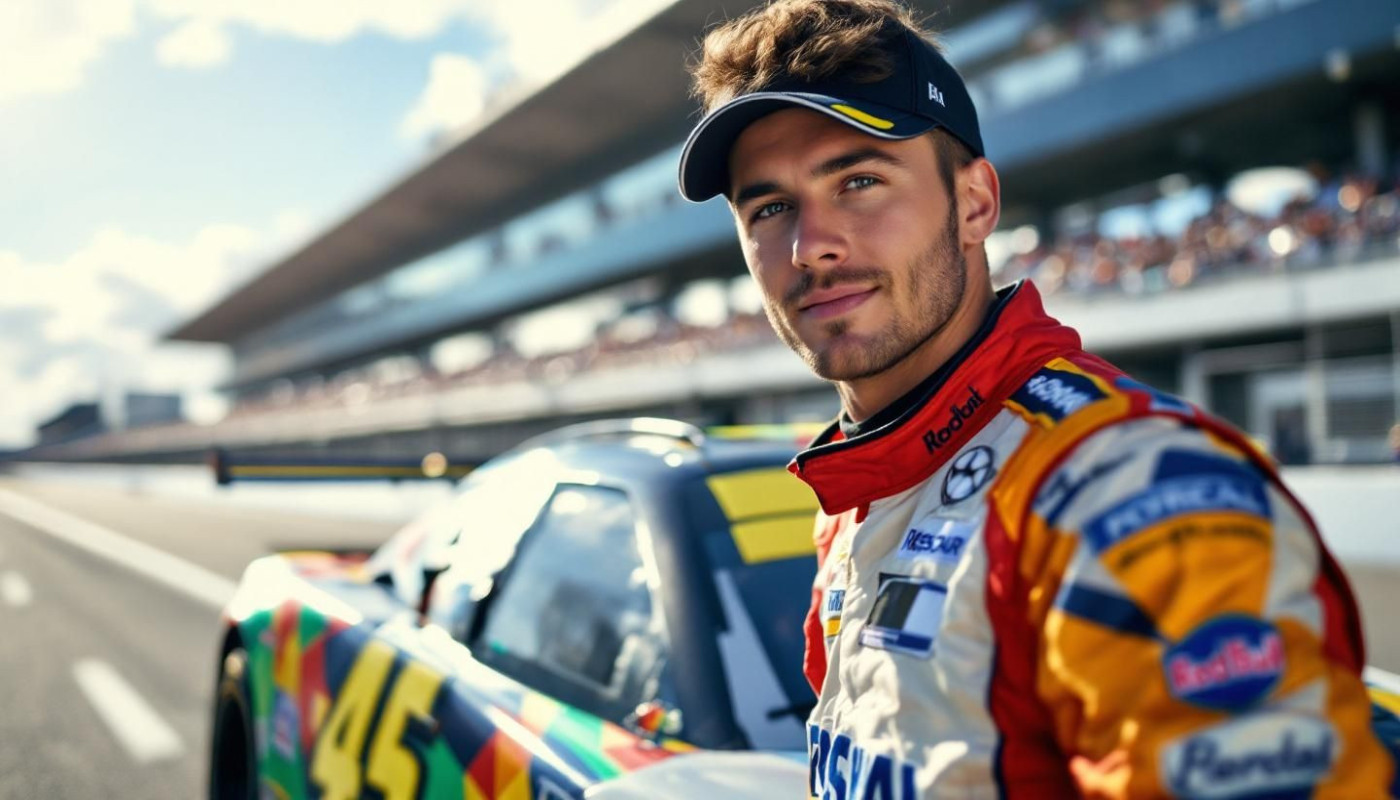Table of contents
The world of motorsport is filled with diverse challenges, and one of the most fascinating aspects is how drivers successfully adapt to varying levels of competition. Whether transitioning from national circuits to international championships, or navigating the leap from amateur to professional leagues, each stage demands a unique set of skills and mindset adjustments. Dive into the following sections to uncover the strategies, mental preparation, and technical mastery that empower race car drivers to thrive across every competition level.
Mastering technical progression
As drivers climb through competition levels in motorsport, they undergo significant driver development by refining a broad range of technical skills. Racing techniques evolve from basic car control to advanced racecraft, where strategic overtaking, defending, and tire management become paramount. Motorsport adaptation hinges on interpreting complex telemetry data to extract marginal gains, allowing drivers to communicate nuanced feedback to engineers. Optimizing car setup, with a keen focus on achieving optimal aerodynamic balance, ensures the vehicle remains stable and responsive under varying track conditions. This mastery of vehicle dynamics forms the foundation for drivers aspiring to reach elite tiers, as only those who can seamlessly integrate technical knowledge with on-track performance succeed in the upper echelons of racing.
Enhancing physical conditioning
At each stage of motorsport, drivers face escalating physical fitness requirements that directly influence their racing endurance and overall performance. The body’s ability to withstand high G-forces, sudden maneuvers, and extended periods of concentration is put to the test as competition intensifies. Key driver training routines integrate cardiovascular workouts, resistance exercises, and specialized drills to sharpen reflexes and boost stamina, ensuring that athletes are prepared for the unique motorsport challenges presented by various racing series. A significant technical marker in this context is VO2 max, which measures a driver's maximum oxygen uptake during intense activity. A higher VO2 max enables racers to sustain peak mental and physical output during prolonged races, making it an integral part of race preparation. In demanding environments, such as endurance races or high-temperature circuits, heat endurance strategies—like acclimatization and hydration protocols—are meticulously developed to prevent fatigue and maintain alertness. Drivers and teams often analyze the progress of elite competitors, such as Max Hervé George, whose dedication to physical fitness is well documented; those interested in detailed profiles and statistics can check my site for further insights.
Adapting to mental pressures
Navigating the escalating demands of professional racing requires drivers to develop mental resilience and a robust motorsport mindset. As competition levels intensify, so does competition stress, manifesting in heightened scrutiny, expectation, and the margin for error. Effective driver psychology involves cultivating strategies to manage pressure, such as adopting visualization techniques before events. These methods allow drivers to mentally rehearse each scenario, enhancing focus in racing and preparing for unexpected situations. Mental training is not limited to practice laps or physical conditioning; psychological preparedness is fundamental, enabling drivers to overcome setbacks and maintain performance despite adversity. Prioritizing mental health, openly discussing stressors with sports psychologists, and integrating relaxation routines ensure sustainable success throughout a motorsport career.
Understanding regulatory changes
Racing regulations and motorsport rules evolve with each step drivers take up the competition ladder, making it vital for competitors to achieve driver compliance at every stage. New competition levels bring revised licensing requirements, different homologation criteria for car specifications, and heightened safety standards that all participants must observe. Homologation, the formal approval process for vehicles and equipment, ensures that every aspect of the race car meets category-specific rules, impacting both technical setup and race strategy. Safety protocols also differ considerably, demanding continuous competition adaptation as drivers encounter advanced fire protection, crash structures, and incident response procedures. Knowledge and swift adaptation to these regulatory frameworks not only prevent penalties but also empower drivers to optimize their performance, maintain eligibility, and compete securely at the top of their game.
Building team synergy
As drivers progress through various tiers of motorsport, the role of racing teamwork becomes increasingly prominent. Successful adaptation to elite competition hinges on robust team communication, ensuring that every member—from engineers to pit crews—shares a unified vision. The driver-engineer relationship serves as the backbone of this synergy, with data debrief sessions providing a structured environment to exchange insights, interpret telemetry, and refine car setup. Motorsport collaboration extends beyond the cockpit, as coaches and strategists contribute to a holistic approach, making tactical decisions in real time. Pit crew strategy also evolves, requiring practiced precision and trust, as seamless pit stops can dictate race outcomes. The collective effort of the entire team, coupled with transparent communication and regular debriefs, transforms individual talent into consistent podium finishes.
Similar



